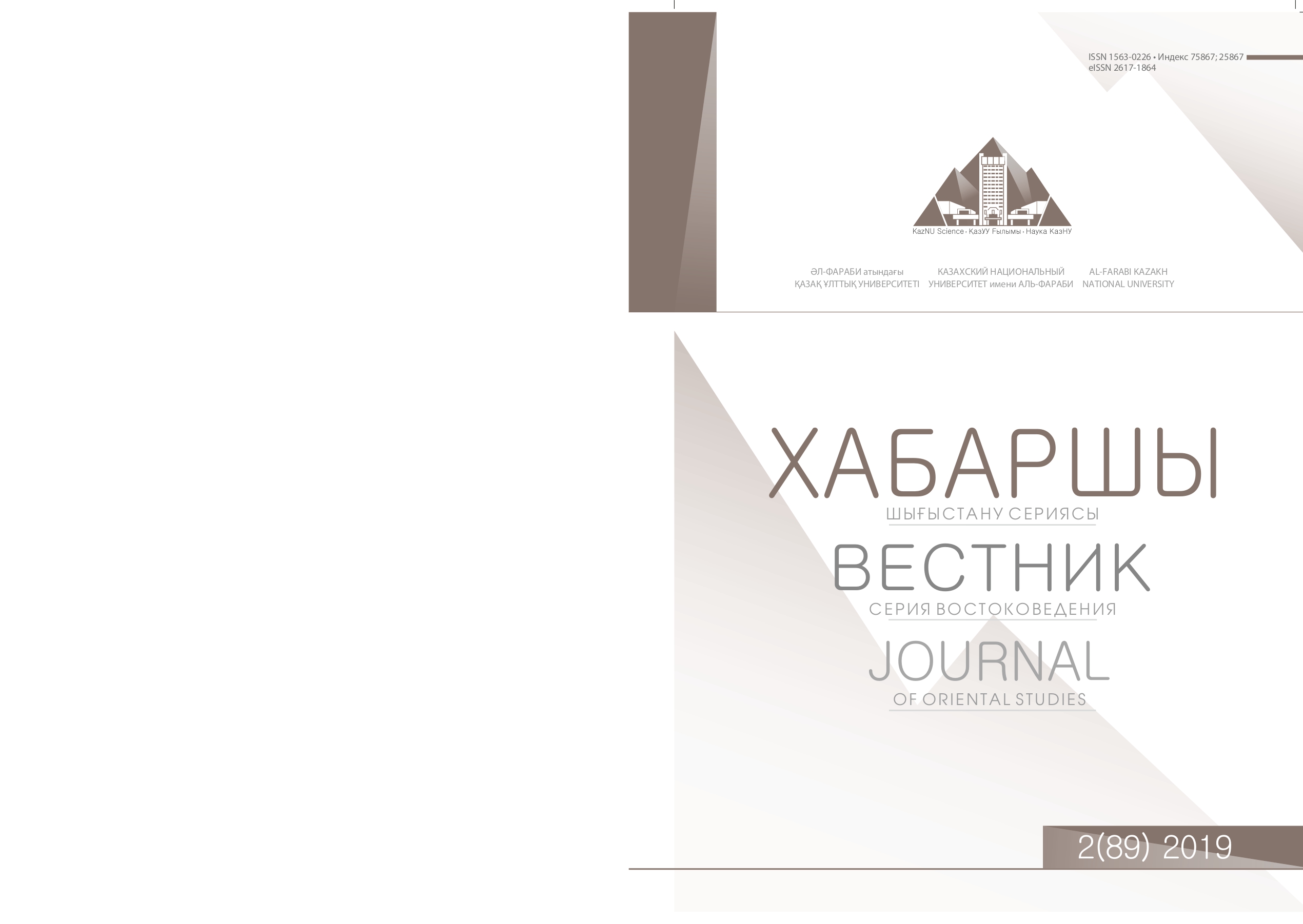The problem of the Conformity of phraseological Units of Hindi and Kazakh Languages
DOI:
https://doi.org/10.26577/jos.v89i2.1401Abstract
This scientific work discusses the etymological correspondences and differences in the system of phraseological units of Hindi and Kazakh languages through comparative analysis from scientific and theoretical positions. In linguistics, the general problems of phraseology have been widely considered for a long time, but it cannot be said that all of them have received a specific solution. Basically, the phraseological units of a specific, separately taken language are considered. The study of phraseological units of two unrelated languages is a relatively rare object of research. As for the topic of our research, there is no published work devoted to the comparative analysis of Hindi and Kazakh languages. In the course of the research the lexical and semantic classification of phraseological units of Hindi and Kazakh languages is made, the points of contact and their national and cultural features are revealed. The work used a large number of primary sources in Hindi and Kazakh languages, bilateral and explanatory dictionaries, as well as literary works. In the system of phraseological units of any language reflects the linguistic picture of the world, inherent only to the people – the native speaker of the language. Therefore, phraseological units, like no other lexical group, contain linguistic and cultural features of the language, its specificity and symbolism. But there are also general humanistic ideas and principles, the linguistic design of which is inherent in all languages of the world, regardless of their genetic origin. Key words: phraseology, stable expression, idiom, Hindi, Kazakh.




